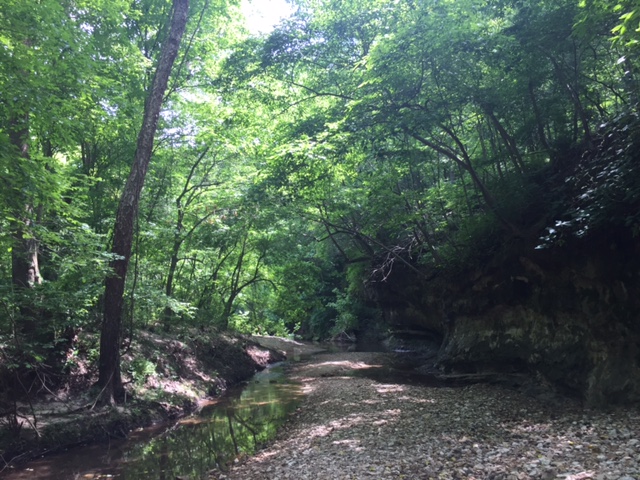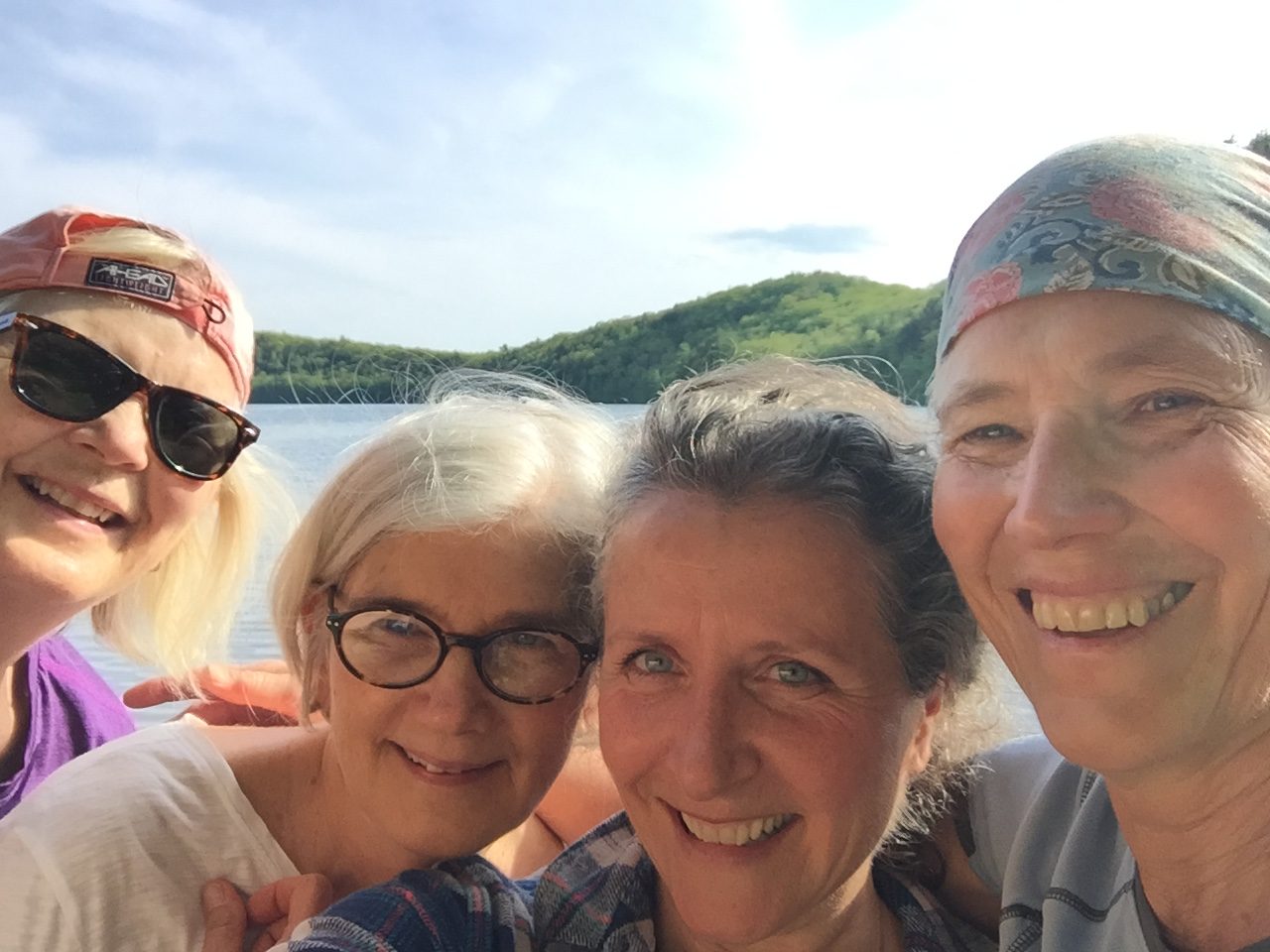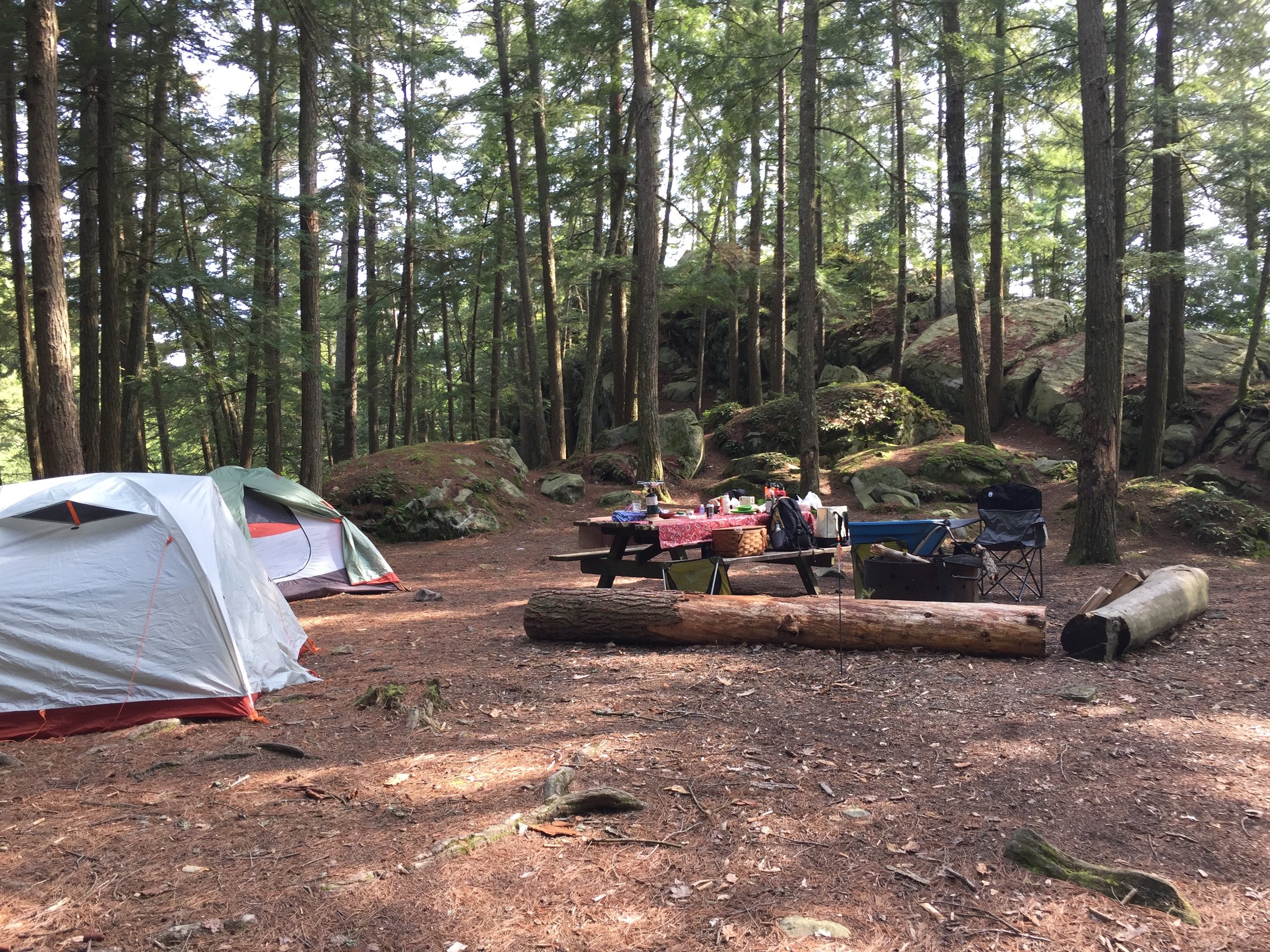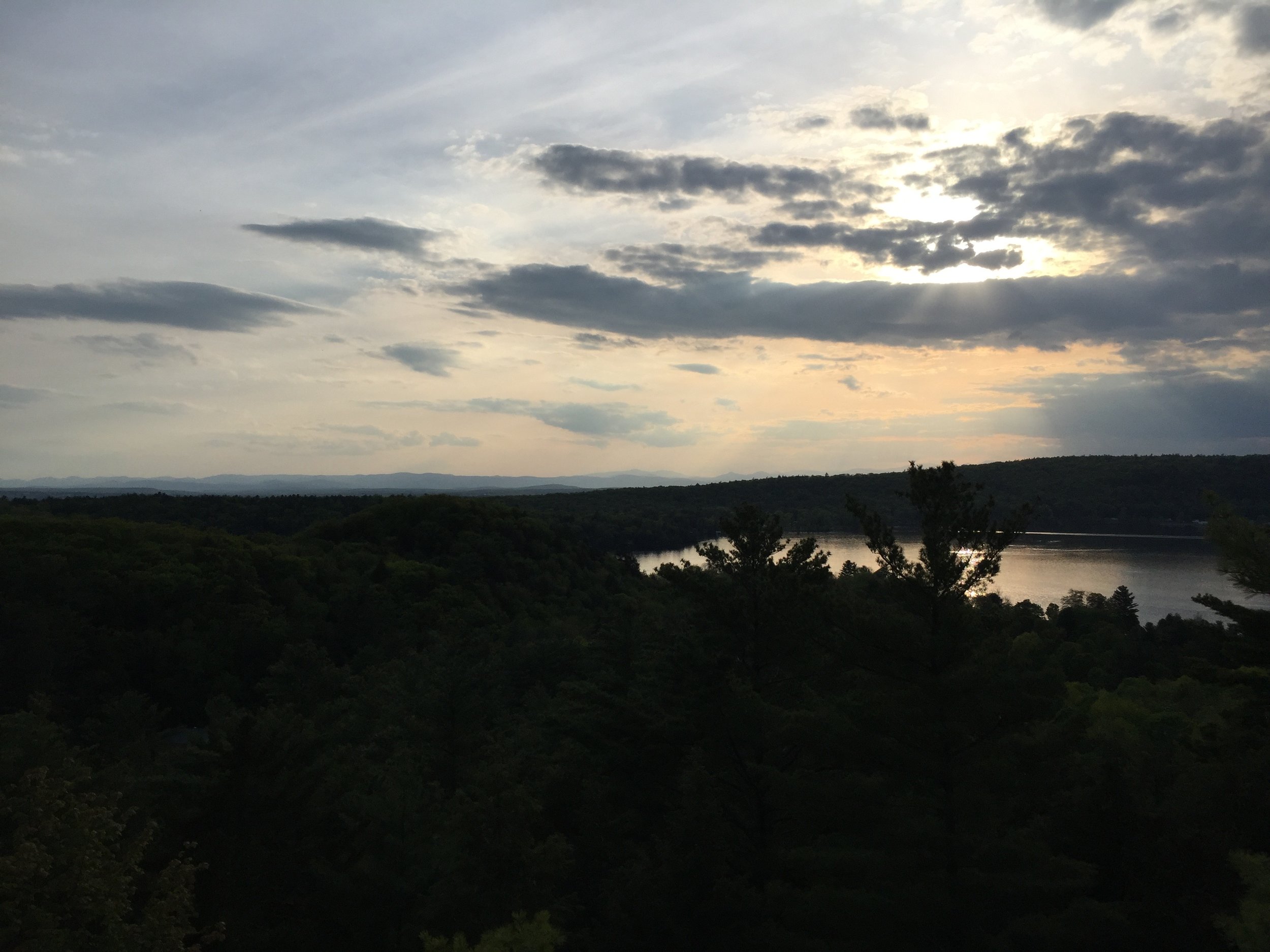When Ashley and I were in Stockholm a few weeks ago we were lucky enough to have a lovely dinner with Gunilla Dalhberg. Gunilla is author with Peter Moss and Alan Pence of Beyond Quality in Early Childhood Education and Care. The second edition was published in 2007. This book is ground breaking and seminal in the literature about early childhood education theory and the work from Reggio Emilia in early childhood education. The book is theoretical and dense. It is inspiring and transformational based on questions such as ...Who is the child? And what is education for?
We have know about Gunilla ever since we began our journey with Reggio Emilia in 1991-92. Stockholm is the first place in Europe where the exhibit from the schools of Reggio traveled, then entitled, When the Eye Jumps Over the Wall. The Reggio Emilia Institute, (which Ashley wrote about last week), was founded in the fall of 1992, just after our family had left Italy to return home to the U.S. The institute is still going strong and has influenced the high level of early childhood education in Sweden ever since.
What are the major take-aways from this book? In the New Zealand Journal of Teachers’ Work, Volume 5, Issue 1, 03-12, 2008, Gunilla and Peter Moss summarize their most salient points.
The language of quality can be summed up as ending in a statement of fact: “it speaks of universal expert- derived norms and of criteria for measuring the achievement of these norms, quality being a measurement (often expressed as a number) of the extent to which services or practices conform to these norms” (Dahlberg, Moss & Pence, 2007, p. viii)
Beyond Quality explores another language of evaluation, meaning making, recognising that there may well be many others. Meaning making, by contrast, speaks of “evaluation as a democratic process of interpretation, a process that involves making practice visible and thus subject to reflection, dialogue and argumentation, leading to a judgement of value, contextualised and provisional because it is always subject to contestation” (p. ix).
Meaning making is evaluation as a participatory process of interpretation and judgement, made within a recognised context and in relation to certain critical questions: for example, what is our image of the child? what do we want for our children? what is education and care? It values subjectivity (or rather, ‘rigorous subjectivity’ (Lather 1991), uncertainty, provisionality, contextuality, dialogue and democracy. It assumes a participant who makes – in relation with others - a contextualised, subjective and rigorous judgement of value. It foregrounds, therefore, democratic political practice, the exercise of collective deliberation.
Meaning making employs particular methods, suited to its democratic political practice, in particular pedagogical documentation, a tool for participatory evaluation. Pedagogical documentation has its origins in the innovative and, today, world-famous municipal early childhood services in the Northern Italian city of Reggio Emilia (orded notes, the work produced by children, photographs or videos, the possibilities are numerous.) Then it requires a collective and democratic process of interpretation, critique and evaluation, involving dialogue and argumentation, listening and reflection, from which understandings are deepened and judgements co-constructed.
Its origins owe much to Loris Malaguzzi, one of the twentieth century’s great pedagogical thinkers and practitioners and the first director of Reggio’s municipal early childhood services. Documentation represents an extraordinary tool for dialogue, for exchange, for sharing. For Malaguzzi, it means the possibility to discuss and dialogue “ ‘everything with everyone’ (teachers, auxiliary staff, cooks, families, administrators and citizens)...[S]haring opinions by means of documentation presupposes being able to discuss real, concrete things – not just theories or words, about which it is possible to reach easy and naïve agreement” (Hoyuelos, 2004, p. 7).
This concreteness of pedagogical documentation is critical. Measures of ‘quality’ involve looking for what has been predefined, discarding what does not figure in the template; it involves the decontextualised application of abstract criteria, reducing the complexity and concreteness of environment and practice to scores or boxes to tick; it strives for agreement and the elimination of different perspectives; it assumes the autonomous and objective (adult) observer. Above all, ‘quality’ offers consumers information about a product, for ‘quality’ is a language of evaluation suited to a particular understanding of early childhood (or other) services: as suppliers of commodities on the market to parent consumers.
The current expansion of early childhood education and care provides, potentially, many benefits and possibilities for children, parents and wider society, and expansion brings with it major risks, not least of which is increasing regulation and normalisation, what Nikolas Rose (1999) terms ‘governing the soul’.
If these risks are to be reduced and the potential benefits realised, societies need to put technical and managerial practice in its place, as subservient to democratic political and ethical practice, and to open themselves to diversity and experimentation.
As Ashley wrote about also last week, we are in dialogue with the Permanent Fund, an ambitious project to provide early childhood education for all of Vermont's young children by 2025. We have high hopes that the examples and deep thinking from Sweden can be an inspiration and a guide for this innovative, ground breaking work taking place in our home state.





















 Spring has come slowly this year to Vermont, cool and wet and green. Lush new pale greens, yellow greens, dots of yellow daffodils and white lilacs. Fragrances of sweetness and light. A welcome full on sensory delight after a long, hard winter. My niece sent me a poem entitled
Spring has come slowly this year to Vermont, cool and wet and green. Lush new pale greens, yellow greens, dots of yellow daffodils and white lilacs. Fragrances of sweetness and light. A welcome full on sensory delight after a long, hard winter. My niece sent me a poem entitled 

